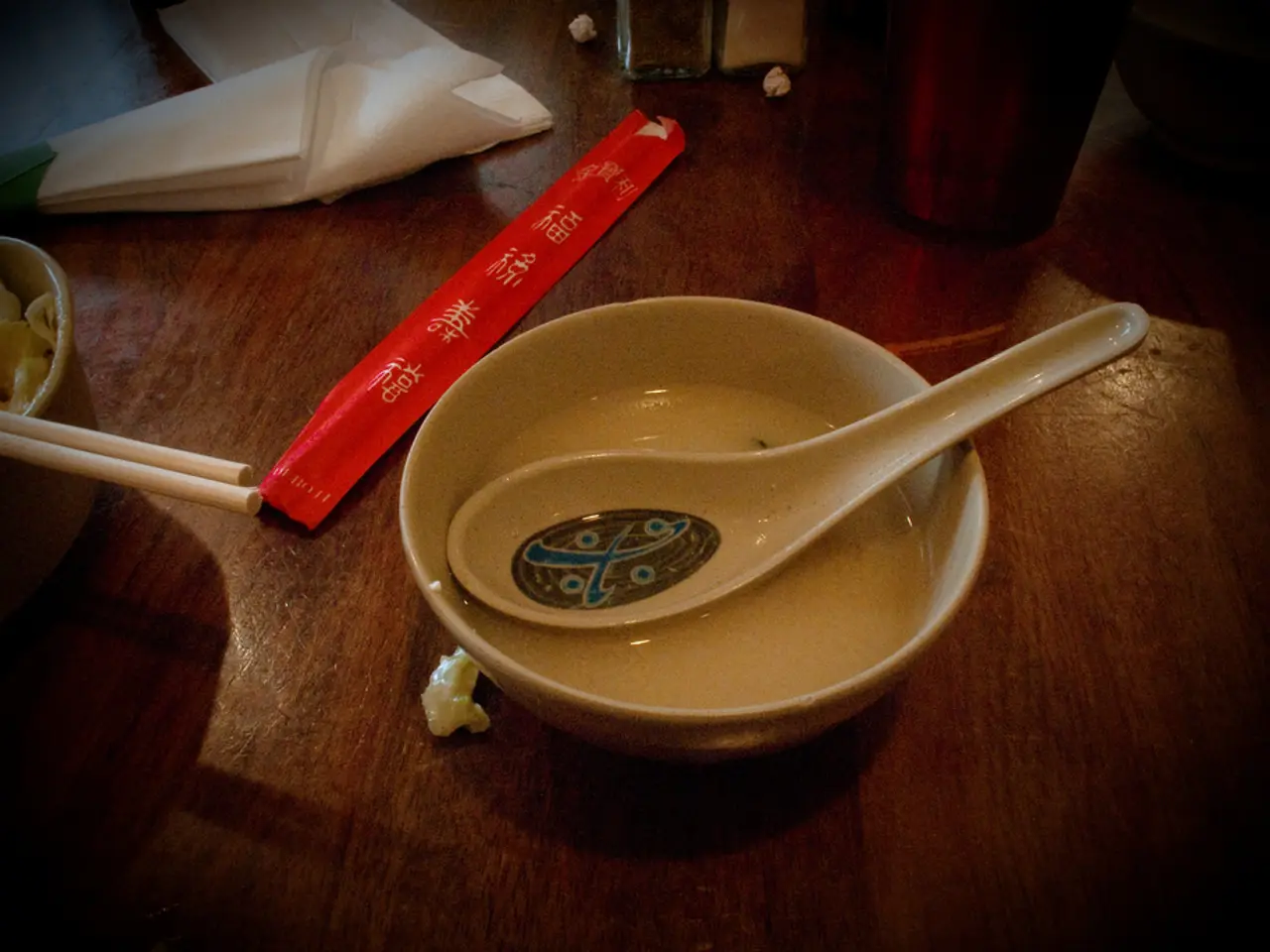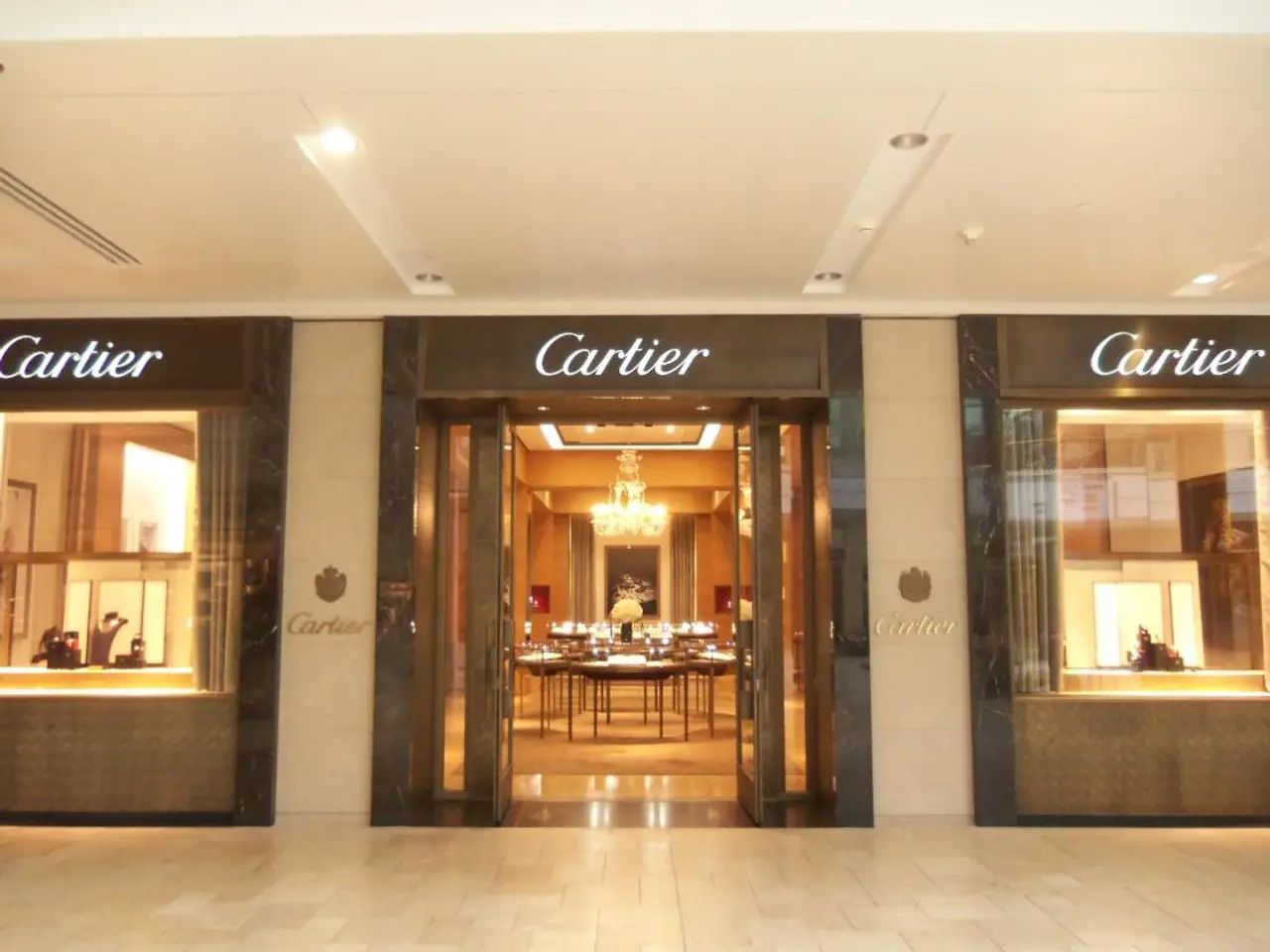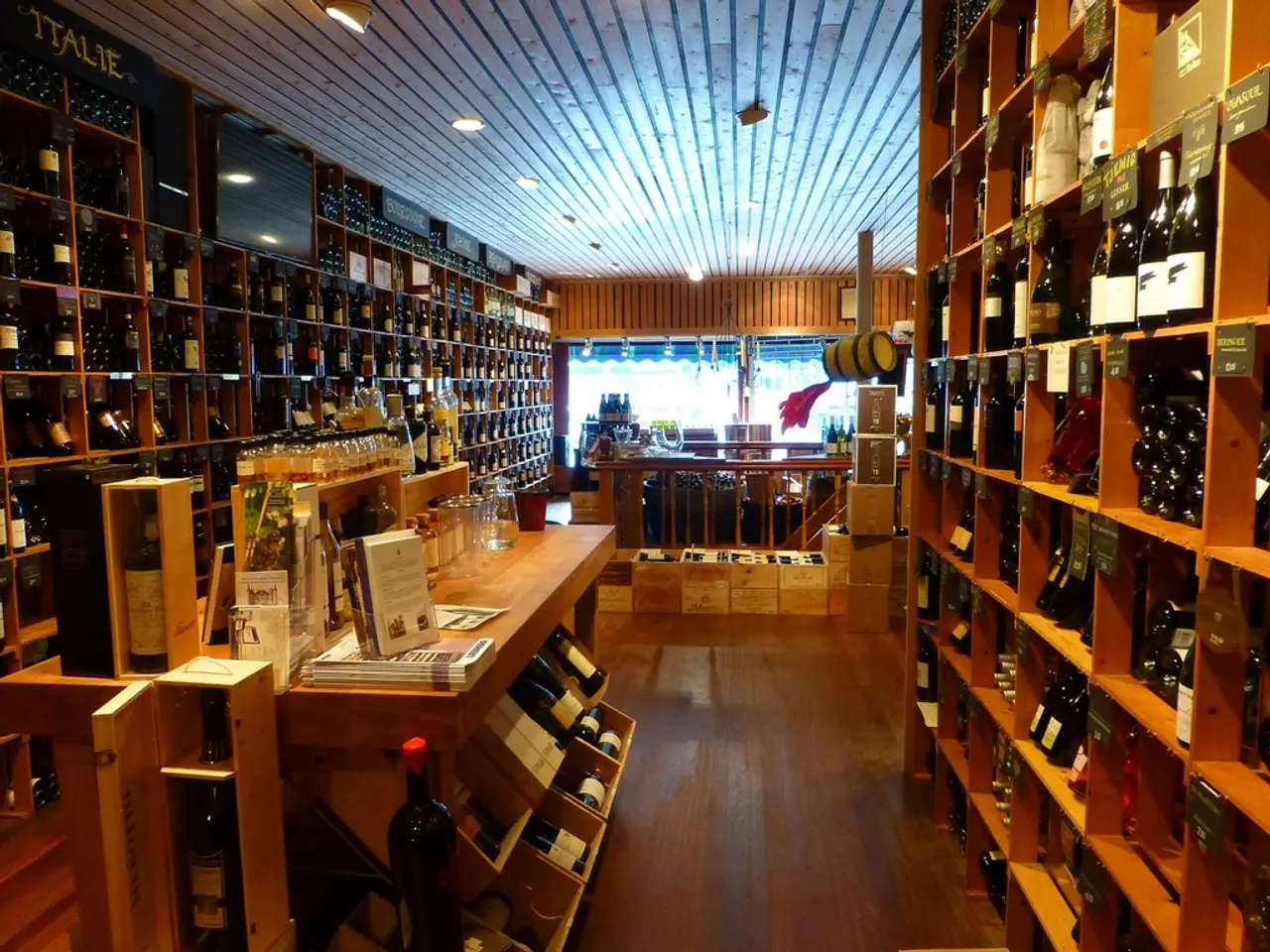Witness the Growth of Ivory Soap in a Microwave! A Captivating Science Demonstration for Children
In a captivating science activity suitable for preschool to Grade 5 students, the unique properties of Ivory soap are put to the test in a microwave oven. This experiment offers a thrilling demonstration of physical changes and states of matter, making it an engaging way to introduce key scientific concepts.
When Ivory soap is microwaved, it undergoes a dramatic physical change, puffing up into a large, fluffy soap foam. This intriguing transformation is primarily due to the soap's unique composition and microwave heating via dielectric heating of polar molecules.
The process begins with air trapped inside the soap. Ivory soap is whipped during manufacturing, making it less dense and full of tiny air pockets. When microwaved, the air inside heats and expands, causing the soap to rapidly expand into a foam.
Simultaneously, the water content in the soap is heated by microwaves, causing the polar water molecules to rotate and generate heat, a process known as dielectric heating. This heat causes the water to vaporize into steam, which further contributes to the expansion of the soap.
The expanding heated air and steam inside the soap bubble out, inflating the foam rapidly. The soap softens and foams because the heat melts the soap matrix, allowing the gas bubbles to grow and create a large foam mass. The soap matrix forms thin walls around the expanding bubbles, trapping the gas and creating a stable foam structure that grows in size.
This experiment is a physical demonstration of the heating of water and air trapped in a porous substance, causing expansion and foam formation upon microwave heating. It does not involve any chemical reaction but is predominantly a matter of dielectric heating, vaporization of water, and gas expansion within the soap's porous structure.
This activity provides an opportunity to explore the scientific method, write a hypothesis, and choose variables. It is connected to the NGSS standards for Kindergarten, 1st Grade, 2nd Grade, and 3rd to 5th Grade. Moreover, it offers a great example of a reversible change, as no new substance is formed during this process, and the soap is still usable afterward.
In addition to the Ivory soap experiment, related science activities include melting crayons, solid, liquid, gas science activity, making butter in a jar, ice cream in a bag, Starburst candy slime, popcorn experiment, and melting chocolate experiment. These activities provide a comprehensive exploration of physical changes and states of matter, making science education an enjoyable and engaging experience for young learners.
Joining the Library Club Membership provides access to a complete library of art and STEM printables, supporting real learning with real projects. With these resources, students can continue to explore the fascinating world of science and further their understanding of the concepts introduced in the Ivory soap microwave experiment.
- Kids will have fun playing with slime during the Starburst candy experiment, a related science activity.
- The Ivory soap microwave experiment is a hands-on art and chemistry project that offers kids an exciting way to learn about science and lifestyle.
- Preschool and kindergarten students can engage in sensory and hands-on activities, such as the Ivory soap experiment, to better understand key scientific concepts.
- The rapid expansion of Ivory soap in a microwave demonstrates physical changes, making it a great activity for the home-and-garden section of a lifestyle magazine.
- By conducting experiments like the Ivory soap microwave test, kids can develop essential STEM learning skills and gain a better understanding of science.
- This engagement with science activities, like the Ivory soap experiment, helps children connect the dots between what they learn in preschool and later grades, such as 1st to 5th grade.
- In the art and science of making Starburst candy slime, kids can see firsthand the transformation of solids, liquids, and gases.
- The popcorn experiment is another hands-on science activity that kids can enjoy as they observe the changes in state of matter.
- Joining the Library Club Membership grants access to useful printables for various STEM projects, supporting kids in their exploration of science topics, like the Ivory soap microwave experiment.
- The melted chocolate experiment is a tantalizing addition to the arsenal of science activities that lets kids witness the physical changes in chocolate as it transitions from solid to liquid.




